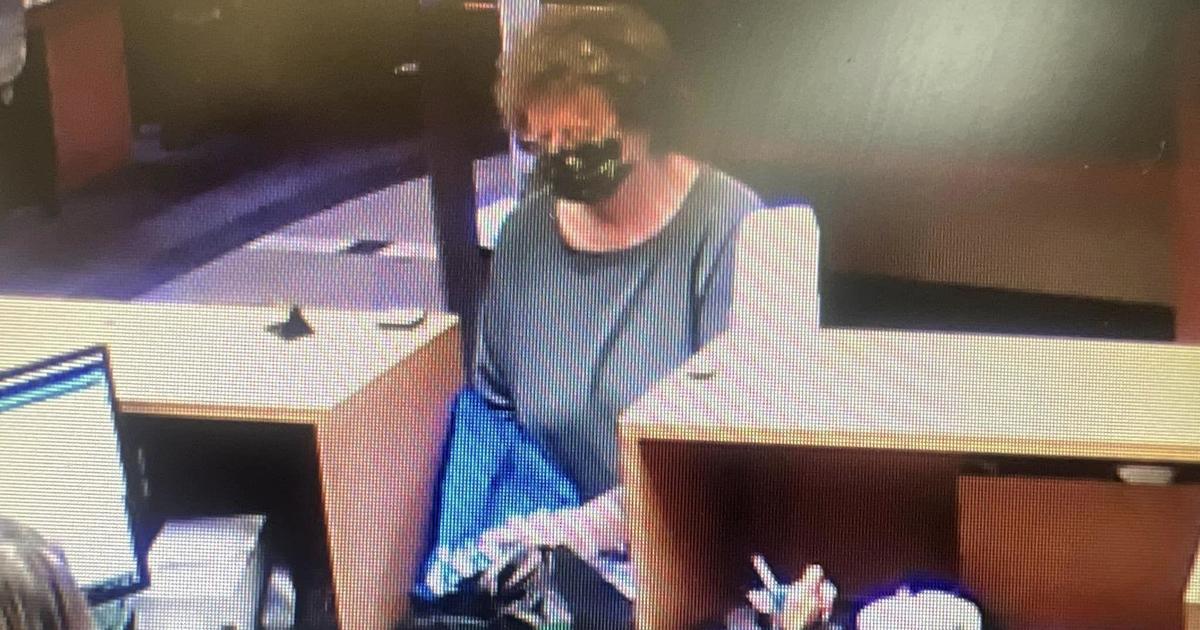Authorities say the cause of a Philadelphia teacher's death was suicide, but her parents say it was murder
It has been nearly a decade since the death of Ellen Greenberg — and forensic experts are still at odds about how the 27-year-old teacher died. Initially ruled a homicide and later changed to suicide, the Greenberg family is fighting to get answers surrounding the mystery involving their only child's death.
"This is a homicide case and it's indefensible as suicide," family attorney Joe Podraza tells CBS Philly.
The Greenberg family filed a lawsuit against the Philadelphia County Medical Examiner's Office to compel officials to change the cause of death back to homicide or undetermined. A trial is slated to begin next year.
"The family is looking for a manner of death designation other than suicide so that a thorough investigation — that should have been done — can be done," Podraza tells "48 Hours."
The search for answers began nine years ago, on January 26, 2011, when Ellen Greenberg was found dead on the kitchen floor. Her fiancé, Samuel Goldberg, had returned from the gym to find the door locked. After unsuccessfully trying to reach her, he tried to get security to open the door — only to be told it was against building policy.
Goldberg then forced open the door and found Ellen slumped against a cabinet. He called 911.
A copy of the police report obtained by the Philadelphia Inquirer shows that he was "instructed to start CPR until he noticed a knife in her chest, then was instructed to stop."
Ellen had 20 stab wounds — 10 on her neck and head, including two wounds that penetrated deep in her brain. There was no suicide note and what's more, a half-made bowl of fruit salad was on the counter.
The assistant medical examiner at the time, Dr. Marlon Osbourne, noted other injuries, including more stab wounds to the chest as well as bruises "in various stages of resolution" on the right side of Ellen's body.
He also noted that there were 11 bruises "in various stages of resolution" on Ellen's right arm, abdomen, and right leg.
Just one day after her death, it was ruled a homicide by Dr. Osbourne. But investigators told reporters the next day they were "leaning" towards suicide, according to the Inquirer. The reason? Ellen had been on antianxiety medication.
Ellen had recently started seeing a psychiatrist, who felt Ellen was not suicidal. The psychiatrist said she was anxious about work and prescribed her Klonopin and Ambien, which were the only drugs found in her system; both drugs list suicidal thoughts and behavior as possible side effects.
Months after his initial ruling, Dr. Osbourne reversed the cause of death to say suicide. But her parents, Josh and Sandra Greenberg, say they never believed it and began a nine-year search to find out how their daughter died.
The main facts in the case — how Ellen was found and how many wounds she had — are not in dispute. In a copy of the civil complaint obtained by "48 Hours," attorneys note some stark disagreements between what investigators have said and what other experts are saying.
"Everything that happened pretty much happened right where she was," Homicide Sgt. Tim Cooney told the Inquirer. "The rest of the apartment was pretty unremarkable."
Investigators say they found no signs of an intruder or that Ellen tried to flee, and the only DNA found on the knife was hers. The apartment door had been locked until broken in by Goldberg – he had told police that the swing bar lock had been engaged from the inside.
Last year, a spokesperson told CBS Philly the state AG's office conducted a thorough investigation in 2018 to determine a manner of death and "concluded that this evidence supports 'Suicide' as the manner of death."
Still, questions remain, and her family has taken to TV and social media to push for answers.
"I want truth and justice for my daughter," Josh Greenberg tells "48 Hours."
The Greenbergs first consulted Cyril H. Wecht, a Pittsburgh-area forensic pathologist, in 2012, who concluded Ellen's death was "strongly suspicious of homicide." He noted concerns about the locations of the wounds, especially those wounds to the back of the neck.
Dr. Wayne K. Ross, another expert the family consulted in 2017, mentions the stab wound that penetrated the brain. An injury like that, he writes, would lead Ellen to have "severe pain, cranial nerve disfunction and traumatic brain signs" as well as "numbness, tingling [and] irregular heartbeat."
This goes against an expert apparently consulted during the autopsy and mentioned in the original medical examiner report: "Neuropathologist Dr. Lucy Rouke [sic] examined the spinal cord and concluded there is no defect of the spinal cord."
When interviewed by the Inquirer in 2018, Dr. Lucy Rorke-Adams confirmed she did contract work for the medical examiner's office, but further investigation by the newspaper revealed there was no bill, invoice, or report from Rorke-Adams for this case.
"I would conclude that I did not see the specimen in question although there is a remote possibility that it was shown to me," she wrote to the Inquirer. "However, I have no recollection of such a case."
Detective Scott Eelman, working alongside Dr. Ross, raised the question about the bloodstains being inconsistent with the position in which she was found. After reviewing crime scene photos, he found a trail of blood that he believes show that the body was moved.
That same point was also raised by Henry Lee, a forensic scientist who testified for the defense at the O.J. Simpson trial. In a report co-authored with fellow scientist Elaine Pagliaro in 2018, both concluded: "The number and types of wounds and bloodstain patterns observed are consistent with a homicide scene."
New technology may offer even more clues in the family's search for answers. The process, called photogrammetry, allowed the legal team to recreate Ellen's anatomical and physiological attributes.
The company, called Biomax, took the information from the medical examiner's report and recreated the depth and angle of the wounds.
This is critical, attorney Joe Podraza tells "48 Hours." It helps people understand those wounds and its consequences.
"In this way, you're able to see the two — really lethal — wounds in the back of Ellen's head," Podraza tells "48 Hours." "You can tell that it's very improbable that Ellen could inflict the wounds from behind. She would not be able to generate enough force to self-inflict."
This new information is very powerful, Podraza tells CBS Philly in an interview.
"I think it's so powerful that it's clear to me that there's a murderer walking among us, or murderers, and that's frightening from my vantage point," he says.





